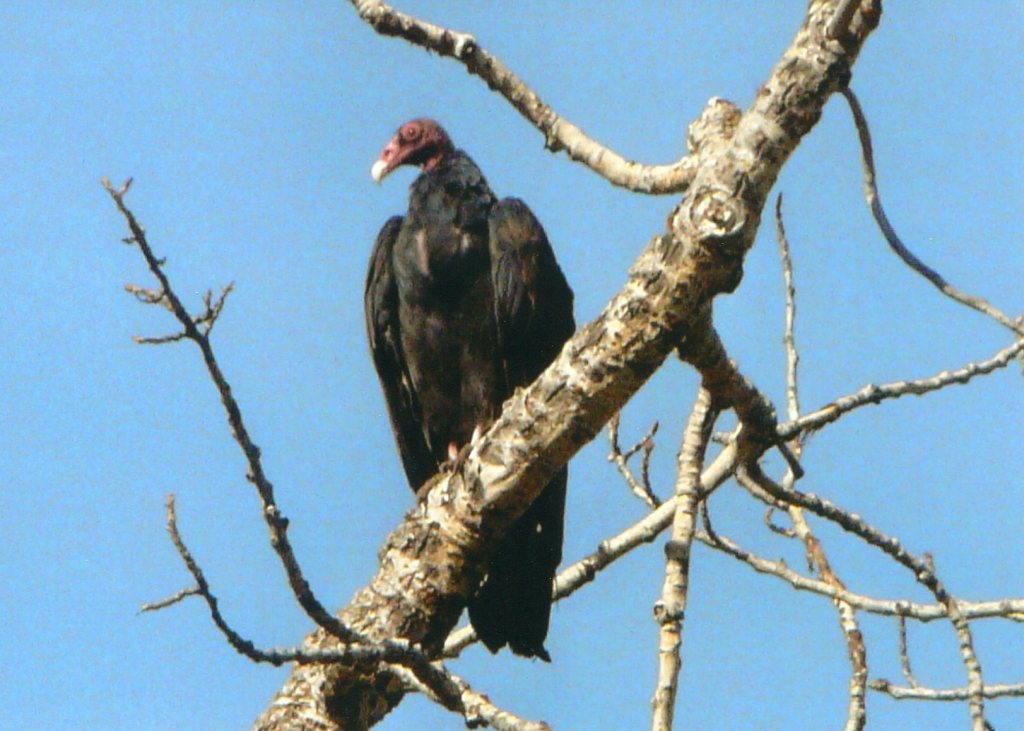Turkey vultures play a key role
Published 5:01 pm Monday, April 13, 2015

- photo/EH Van Blaricom Increasing numbers of turkey vultures are likely to be seen in Wallowa County in the coming weeks.
As a connoisseur of song birds, why am I sending in such an ugly picture of a turkey vulture? I’ve had this photo in my collection for a long time without using it, but since these repulsive looking scavengers have a role to play in the complexities of nature, I decided to write about them as they will be coming north over our skies in a few more weeks.
They are most noticeable when you see them circling up high without flapping their wings, and right away you start wondering, what’s dead around here? When you ever get a chance to see them up close, you will know why they are named “turkey vultures” as they resemble a turkey with their red head and no feathers. But their beaks are curved down like hawks so they can rip apart their food which consists of road-kills since the invention of the automobile. Following nighttime when headlights blind so many animals, in the mornings there are quite a lot of dead and mangled animals such as rabbits, opossums, skunks and sometimes deer to be found along the highways. That’s when these vultures go out to find their breakfast. Nor do these scavengers just eat fresh road-kills; no dead, maggot-infested creature is too repulsive to a vulture.
Trending
Sometimes one can see several of them crowding out the ravens and magpies to feed on a dead deer along the roadside. Speaking of crowding, vultures roost in huge flocks mostly in dead trees. But there is a steel tower with numerous braces down at French Glen, Ore., where I have seen as many as 40 or 50 vultures roost at night on this tower. One other oddity of these huge birds is they are like pigeons and doves in that they only lay two eggs which take more than a month to hatch. It also takes more than a month and a half before the nestlings can fly. In spite of their repulsive diet, these vultures are the janitors that provide a valuable service by cleaning up the dead and rotting animals that would otherwise take a month or more for the maggots to consume.
Next month I will get back to telling about the beauty and habits of songbirds.









